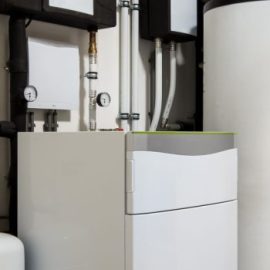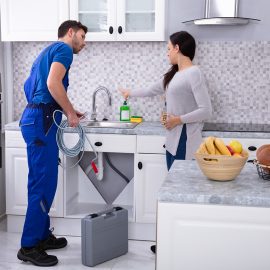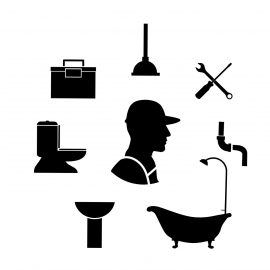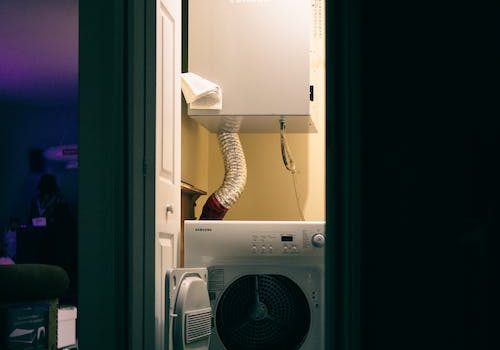
3 Steps for Connecting Your Washing Machine
Connecting a washing machine is something you can do yourself in record time.
The washing machine must first be connected to the water supply pipe via a tap and then to the drain. The presence or absence of a cold water inlet tap on your installation will determine how you connect your washing machine.
1. Connect the washing machine to the water supply
1.1 If your installation already has a cold water supply tap
This is an easy job! You can connect the washing machine quickly and easily by clicking the end of the washing machine’s water inlet hose to the faucet.
To connect, screw the washing machine’s supply hose onto the faucet with a fibre seal in between.
Open the tap to check that there are no leaks in the connection. If you find a leak, you can coat the thread of the faucet with silicone grease to improve the seal.
1.2 If your installation does not have a water supply tap
If your installation does not have a faucet connected to the water supply pipes, install a self-drilling faucet to avoid cutting and dismantling the pipes.
Choose a 1/4 turn faucet to avoid cutting the water supply for its installation.
This type of self-drilling valve is designed to fit copper pipes with an external diameter between 10 and 16 mm. Use a compensating shim for lines with an outer diameter of 10 or 12 mm.
Loosen the pipe clamps and remove the pipe from the wall.
Clean the area where you have chosen to install the valve flange with steel wool.
Unscrew the faucet from its flange and remove the flange.
Place the flange in the location you have determined and cleaned. Secure the flange screws.
Screw the self-drilling valve into the flange until you pierce the pipe. The valve is now in the closed position.
Hold the valve vertically, and tighten the lock nut with a wrench until the valve is completely secured.
Screw the end of the washing machine supply hose onto the thread of the self-drilling valve.
Open the tap and check the installation for leaks.
Important: Never connect your washing machine to a hot water pipe! To distinguish between hot and cold water pipes, open the taps they supply: the hot water pipe will become warm to the touch.
2. Connect the washing machine to the drain
The drain pipe is usually a PVC pipe with an elbow that acts as a siphon.
Connect the washing machine’s drain hose to the general drain.
The washing machine drain hose should not be pushed too far into the main drain. This could cause backflow.
It should still be inserted far enough into the main drain (PVC pipe) so the water pressure will not blow out.
Some washing machine drains have plastic half-circle pieces to ensure a stable and kink-free bend at the PVC pipe inlet. If you have this part, use it.
If your installation does not have a drain for the washing machine
If your home’s drainage system is not equipped with a drain for your washing machine, it is possible to fit a PVC drain trap (usually 40 mm in diameter) by gluing.
Apply special PVC glue on the drain outlet and the end of the PVC trap.
Then, snap them together quickly.
3. Connect the washing machine to the power supply
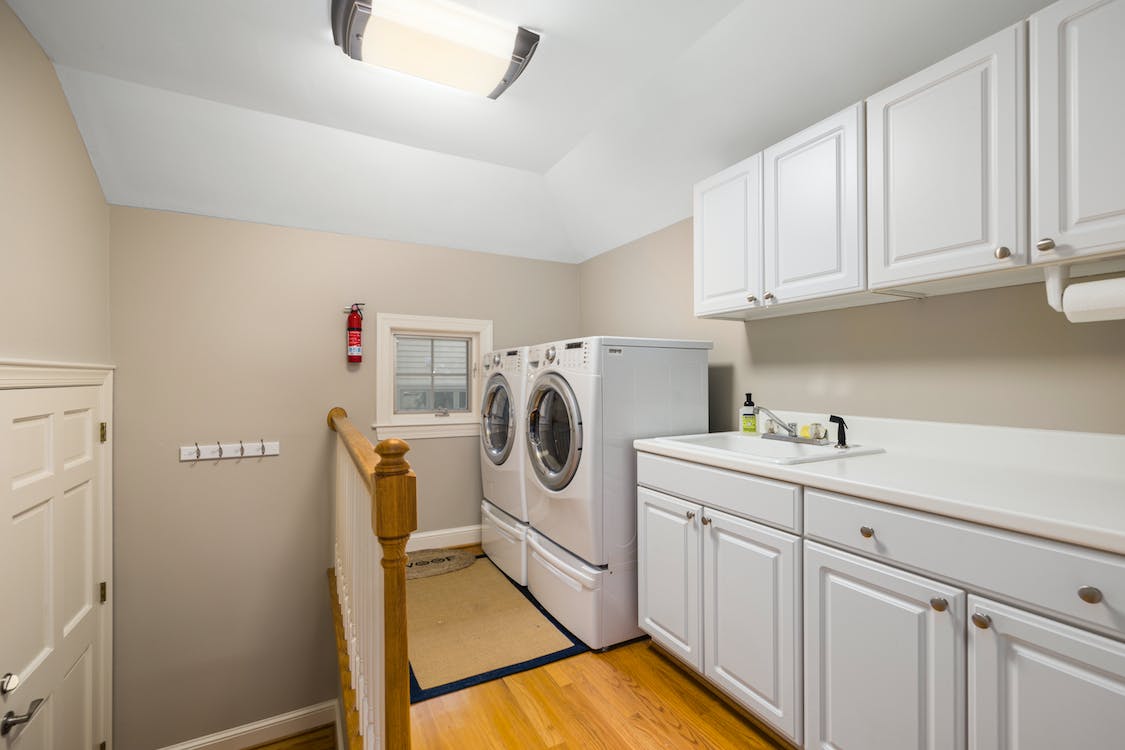
At this point, all you have to do is connect the washing machine to the power supply.
The washing machine must be connected to a waterproof grounded outlet at least 1 meter from the water supply. A fuse of at least 16A must protect this socket.
Reserve an earth connection for the washing machine.
For safety reasons, do not use an extension cord.
Equipment for connecting a washing machine
Adjustable wrench
Fibre seal
Self-drilling tap kit
Hope this post helps you out. If you still need help, remember to call NDG Plumbing and Heating. They can fix all types of plumbing problems.

